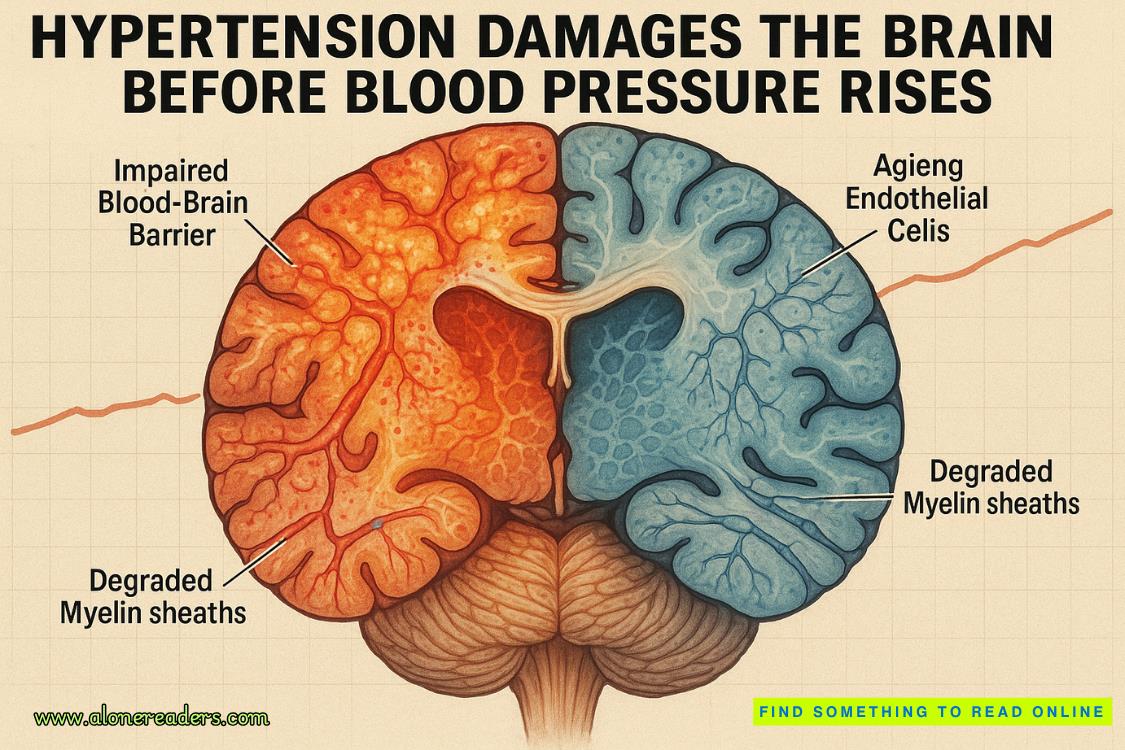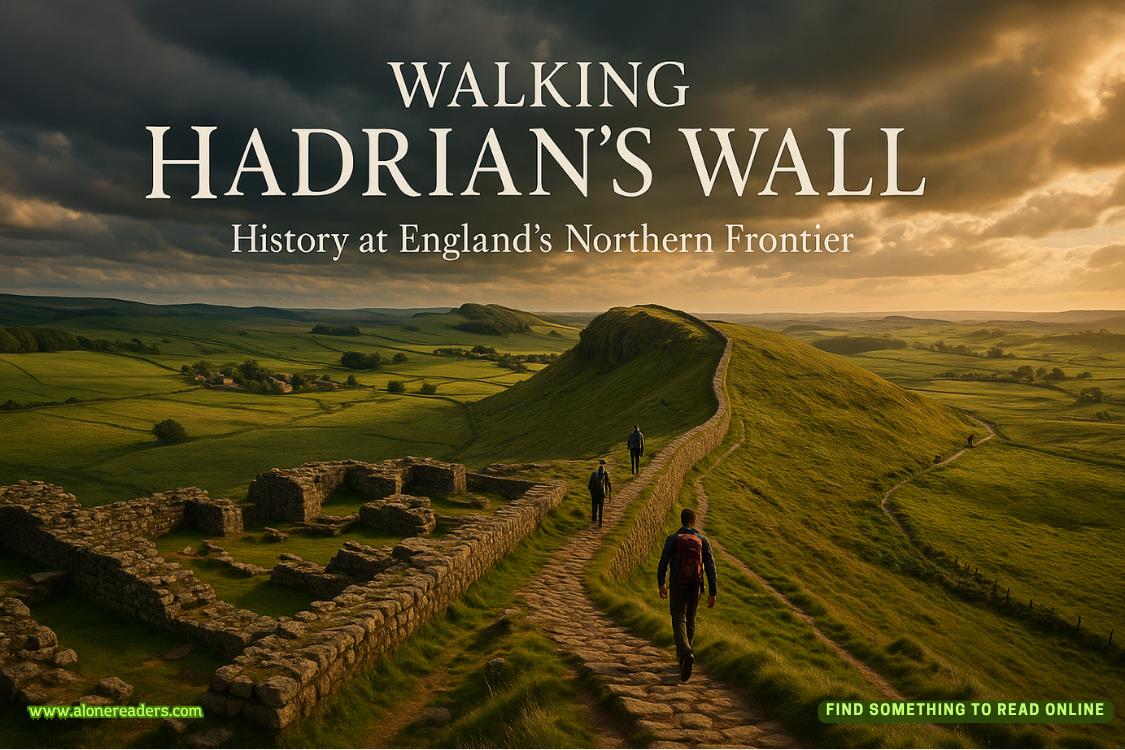Page 126 of Sweet Nightmare
And respond accordingly.
One of the leopards leaps at me, mouth wide open and teeth on full display as he goes for my jugular. I duck, but because manticore Clementine is several inches taller than regular Clementine, the leopard ends up crashing straight into my face.
With its teeth.
White-hot pain slides through me as his razor-sharp teeth connect with my cheek and forehead. Desperately afraid that he’s going to bite my head off, I bring my hands up between us and push. Hard.
The moment I shove him away, the leopard screams bloody murder. A quick glance at his chest as he hits the ground tells me why. My painted lions’ nails have made long, deep furrows in his chest.
I know I should probably kick him when he’s down, but that’s not really my thing. So I start to retreat up the beach, praying they take the hint and stay away. But it’s only a matter of seconds before the leopard I injured is back on his feet, roaring in pain and fury. He lunges again, only this time the other leopard jumps with him.
Suddenly, I’ve got two furious cats coming at me and absolutely no idea about how to deal with either of them.
Again, I hold my hands up to ward them off. My claws are fully extended, partly for defense and partly because I have no idea how to retract them. I prepare to swipe at the first cat, but my unwieldy tail—the one I have absolutely no control over—decides to get in on the action, too.
It comes straight over my shoulder as the first leopard connects with my paws and stings him right in the eye.
He screams at the first contact and tries to twist in midair to get away. But apparently that’s not how manticore tails work, because the barbs have sunk in tight and he is well and truly stuck.
He starts to thrash around, determined to get my tail out of his eye. I can’t blame him. I would really like my tail to be anywhere else on this planet beside in his eye, too. But then the second cat connects with my paws.
Only he’s ready for me this time, his powerful jaw and teeth closing around one of my paws.
It’s my turn to scream as pain rockets through me, and I lose all thought of trying not to hurt him. All I can think about is finding a way to end the agony.
He’s got a good grip on me, and trying to struggle just drives his teeth deeper.
Terrified I’m about to lose my hand, I do the only thing I can think of in this situation. I flex my fingers, stretching them out as far as I can, and go for the soft palate at the back of his mouth with my claws.
He screeches once I connect, but he doesn’t disengage. So I go all in, digging my nails into the velum as hard as I can before raking my fingers across the top of his mouth and straight down the back of his throat.
His eyes go wide, and he gags as blood immediately begins flowing out of his mouth. His jaws unlock instantly, and he drops my paw, but not before the fur is completely coated in his blood.
In the meantime, the other leopard is still thrashing back and forth, making the damage to its eye a little worse with each desperate yank of his head.
As ready to have my tail back as he is to have his face back, I take a deep breath and try to concentrate on my tail. It’s hard because, unlike my paws, I have no corresponding body part that matches with it. So, while I control my paws like I control my hands—minus the opposable thumbs, of course—I have no idea what I’m supposed to do to make my tail work.
Still, we’re in a catch-22 here, one that is only getting bloodier and more dangerous as time goes on. So I’ve got to figure it out.
I picture my tail, and I concentrate on what it feels like as it moves itself back and forth, then do my best to try to move it consciously. First to the right, then to the left. To the right, to the left.
Nothing happens at first, or at least nothing beyond what my tail seems to be doing all on its own. But somewhere around the seventh or eighth try, it moves to the right, which is the direction I tell it to. To be fair, I don’t know if it’s a coincidence or if I actually managed to do it, so I try again.
As soon as I think left, my tail moves in that direction, too. Then back to the right again.
Okay, so I’m getting this. Now I try to think about the barbs on my tail as well, each one individually.
That’s a lot harder, partly because I haven’t spent enough time looking at my tail to know where each barb is. And partly because the pain from my hand—my paw—is really distracting.
I try to compartmentalize, to forget about the pain and focus only on what I need to do to retract the barbs.
Focus on the barbs.
So I do, starting with the ones closest to the end of the tail. Release. Release, release, release.
They don’t budge.
I take another deep breath and focus. And slowly, one by one, I manage to get the barbs to release.















